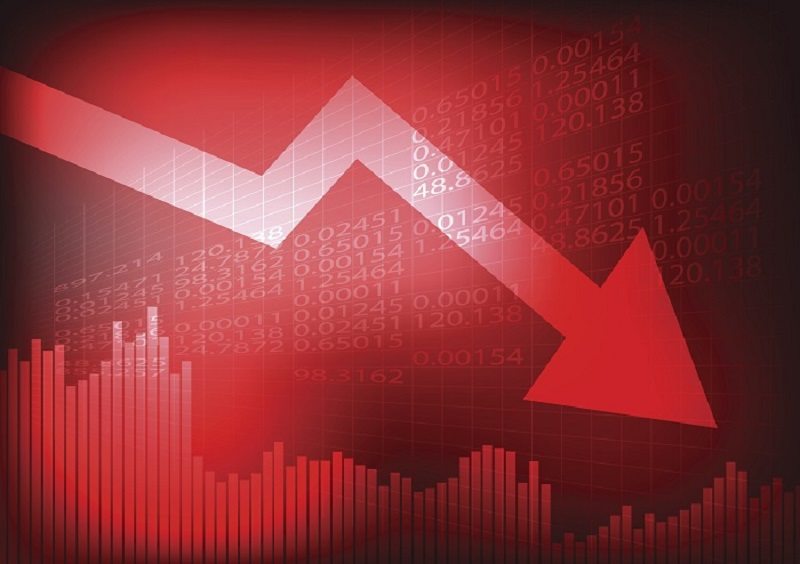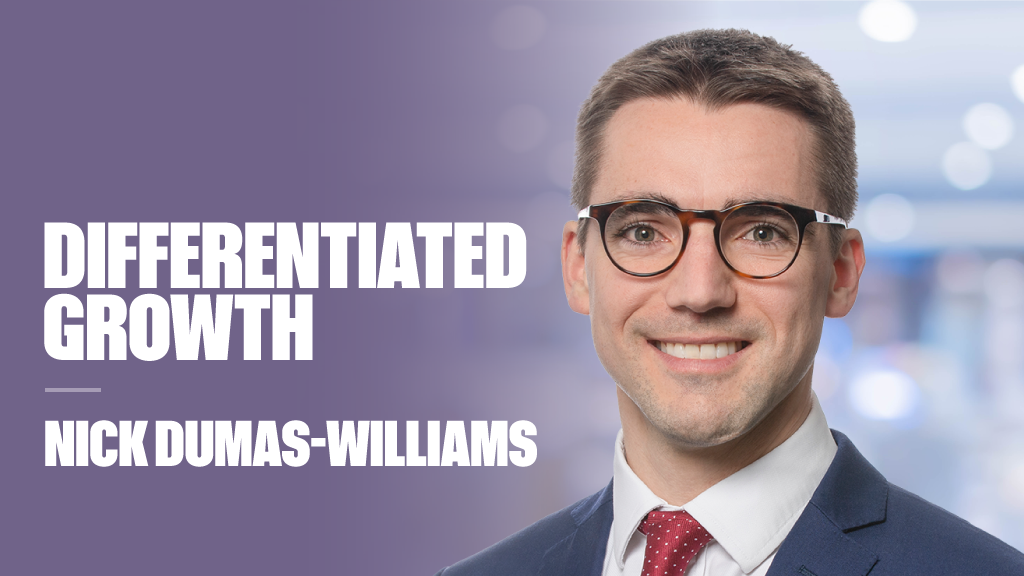Listed private equity is an asset class we have been very keen on over the past couple of years, and we believe investment trusts are the most appropriate way to play it.
It is the same for all the less liquid asset classes, as we seek to take advantage of the wide discounts available. These discounts have narrowed significantly since the last quarter of 2012 but there are still some historically attractive opportunities available, particularly among funds of funds.
What we also hope to see is net asset values continuing to appreciate as realisations from the portfolios are made at above-book value and valuations reflect the growth in listed comparables.
It is worth looking back a few years to understand why these discounts exist, but also where they have come from. Most funds of funds operate on a policy of overcommitment, i.e they pledge to invest more cash into funds in the future than they currently have available. This is on the assumption that it will be drawn down over an extended period of time and the existing portfolio will be churning off cash from realisations. This worked fine until late-2008 when the credit crunch hit.
Narrow escape
Having enjoyed several years of strong IPO markets and plentiful deal flow, the over-commitment issue was unquestioned, but as liquidity in the system dried up so did the IPO and trade sale market. This left many trusts stranded with no apparent ability to meet their commitments when called. As a result, discounts blew out massively as investors fled for the exit. Discounts of 60% became not uncommon.
A couple of things happened that led to Armageddon being avoided.
First, commitments were reduced by selling them off in the secondary market. Second, some trusts were able to raise money to plug any immediate shortfall. Those in strong positions also raised cash to take advantage of distressed selling in the market. Most importantly, there was virtually no money called for investment in this time as deal flow completely dried up at both ends of the chain.
Prices in the sector did continue to drift lower for a while longer as there was a raft of writedowns on deals done at the peak of the market and a few investors threw in the towel right at the bottom. However, with disaster avoided the brave were able to pick up some ludicrously cheap stock at these levels. As an example, in the second quarter of 2009 you could have bought F&C Private Equity at 49p. It trades at 218p today.
What has happened since is that asset values have stabilised and have been rising steadily over the past few years. Balance sheets are in far better shape and are generally churning off more cash than they are investing.
In 2011, for example, F&C Private Equity received distributions of £36.1m and had capital calls of £30.1m. In 2012, these figures were £60.6m and £31.7m. Its net asset value also hit an all-time high at the end of 2011, and has improved steadily since.
Compare this with the broader equity markets where the US is just breaking through historic levels, while the UK and Europe are still some way off.
The market has finally woken up to the facts and we have seen discounts narrow significantly as investor appetite for risk assets has improved. There is not the same value available as before but the sector still trades on a historically attractive discount.
There were, however, a couple of casualties, the most significant being SVG Capital and 3i Group.
SVG was way too overcommitted to Permira funds and also had some disastrous, highly leveraged investments when the music stopped. A painful rights issue helped the company emerge wounded but not dead and asset value growth in the recovery has been impressive.
3i Group, long considered the bellwether for the sector, also struggled, but this time only down to its structure and poor dealmaking of the past decade. It, too, has recovered strongly since Simon Borrows was brought in as CIO mid-2012. He has taken an aggressive axe to costs in the business and has been selling assets at an impressive pace to cut the company’s debt.
The ones to watch
Trusts we particularly like are F&C Private Equity, Standard Life European Private Equity, NB Private Equity, Pantheon International Participations and HarbourVest Global Private Equity. Pantheon has a global mandate, F&C and Standard Life are more UK and Europe-focused and NB and HarbourVest are predominantly US.
Of the more conventional vehicles that make investments directly, Electra has been one of our preferred plays. Its conservative style and long-term view enabled it to ride out the global financial crisis in good shape. Over the past 18 months its portfolio has had some significant realisations and uplifts to book value. In December 2010, it launched a seven-year, 5% convertible unsecured loan stock to take advantage of the wave of distressed sellers.
At the time the ordinary shares traded at just under £17, a 17% discount to asset value. The convertible unsecured loan stock would become convertible at £20.50p on the ordinary share price. We took part in this issue across all three of our multi-manager funds. Our view was that Electra would make ground over seven years in terms of asset value and that the discount would likely narrow. If mistaken, and the world economy had another setback, we were being paid a nice 5% coupon with huge amounts of downside coverage as the convertible was a relatively small part of the overall capital structure.
Fast forward a couple of years and the situation looks very interesting. The discount on the ordinary shares has narrowed slightly to 15% but the NAV has risen to more than £27. The convertibles have moved ahead from £10 to £12.20p reflecting the likelihood of conversion.
Despite this it still yields more than 4%. Electra has a lot of cash available for investment and it is seeing a lot of opportunities as banks are still forced sellers of assets.
With almost another five years to run it seems highly improbable the convertibles will not convert and the asset value of the ordinary shares will not be substantially ahead of where it is today.











